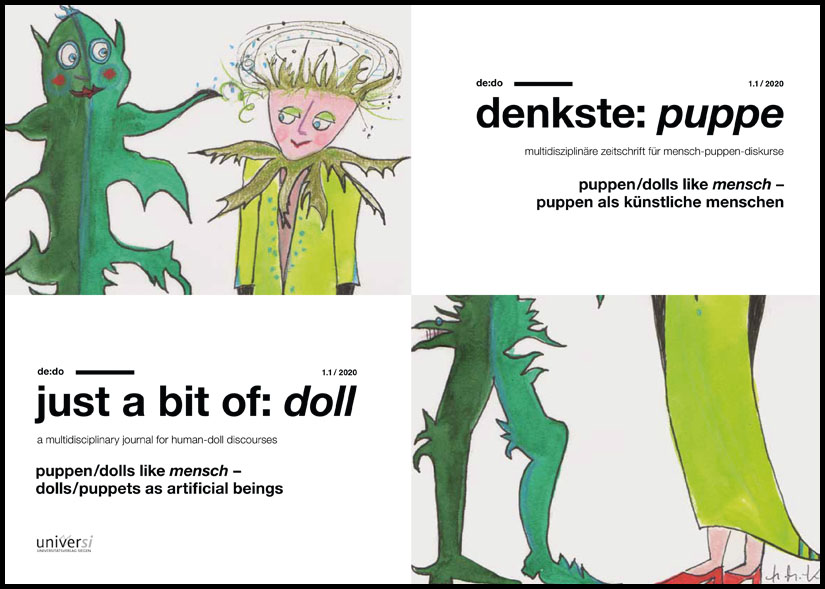Holy Puppets: The Double Nature of the Medieval Bust Reliquary
Keywords:
relics, reliquaries, sculpture, mimesis, hybridity, theology, medieval studies, puppetry, animationAbstract
AThe essence of puppet performance is its balance between animacy and inanimacy,the artificial and the natural. This article proposes the framework of puppetry as a means of understanding the transcendent potential of a group of medieval reliquary busts from Cologne. In both appearance and manipulation, these sculpted busts blurred the boundaries between life and death, much like puppets. I argue that the dual mimesis of these busts, both visual and kinetic, enhanced their theological purpose as vessels for the bones of saints, and points to a medieval interest in the productive paradoxes of representation. Through their puppet-like hybridity, these sculptures bridged the distance between humans and the divine for medieval viewers. The article concludes by proposing a parallel between the temporary lives of puppets and the hybrid nature of artificial intelligence, suggesting that medieval conceptions of mimesis can provide a means of thinking through twenty-first century technology.
Downloads
Published
How to Cite
Issue
Section
License
Copyright (c) 2020 Michelle Oing

This work is licensed under a Creative Commons Attribution-ShareAlike 4.0 International License.



